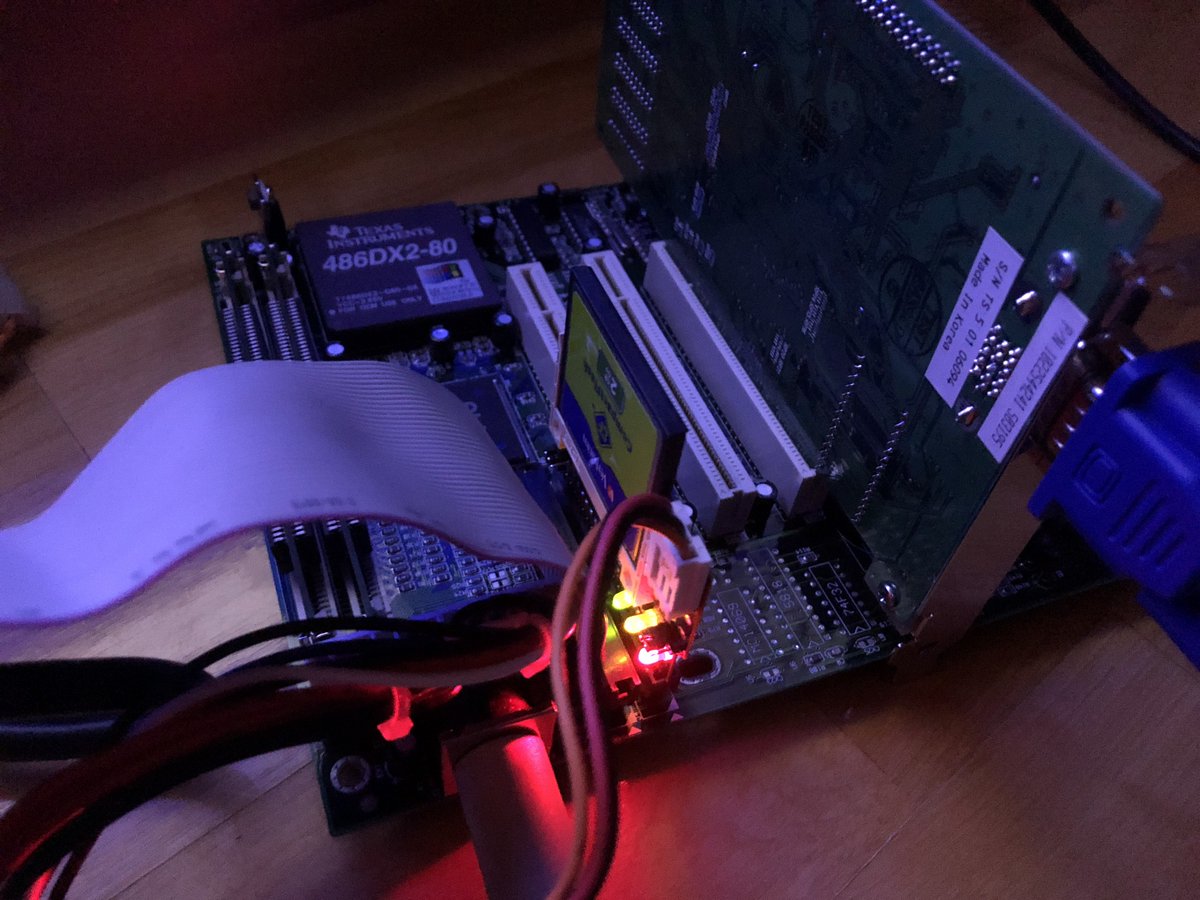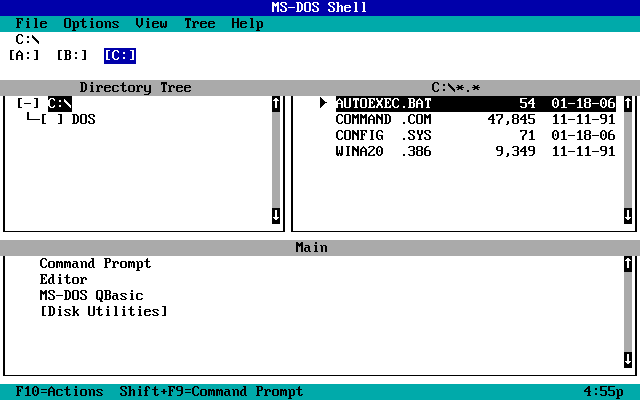When I asked if you could boot from the image, I meant the "virtual" image (i.e., the .img file)  but while we're at it: yes, it is possible to mount physical media as a hard disk in PCem, but it requires a bit of hacking.
but while we're at it: yes, it is possible to mount physical media as a hard disk in PCem, but it requires a bit of hacking.
(Again, this works in Linux; most likely you'll need to modify the method a bit, there's a possibility that it won't work at all.)
In the PCem config directory (
Even then, PCem needs to be run as administrator (sudo).
I'm not sure if this will be of any help to you. Anyway, check if the contents of the image file reflect what has been written to the CF card!
(Again, this works in Linux; most likely you'll need to modify the method a bit, there's a possibility that it won't work at all.)
In the PCem config directory (
~/.pcem) there's a subdirectory called configs – this is where the definitions of your virtual machines are stored, one .cfg file per machine. If you open it, you'll find an entry named hdc_fn – this is the absolute path to your "virtual HDD" (=image file). You can change it so that it points to the device that represents your CF card (NOT to the drive letter, e.g., "E:"). It's hard to explain from the Linux perspective, and I don't know Windows that much, but Linux has a dedicated filesystem entry (/dev/) with all devices recognized by the system: storage drives, network devices, even abstract entities such as "null". The CF card is typically mounted as /dev/sdb or something similar – and this is the path that should be put in the config file.Even then, PCem needs to be run as administrator (sudo).
I'm not sure if this will be of any help to you. Anyway, check if the contents of the image file reflect what has been written to the CF card!



